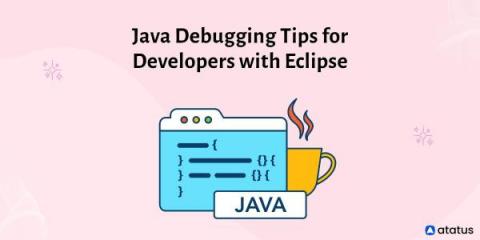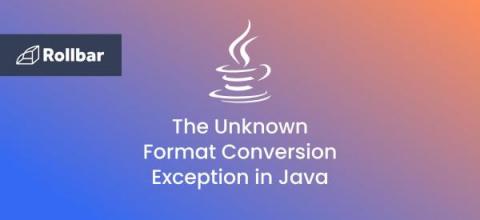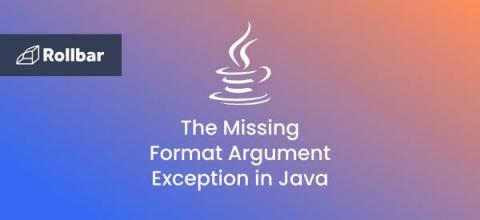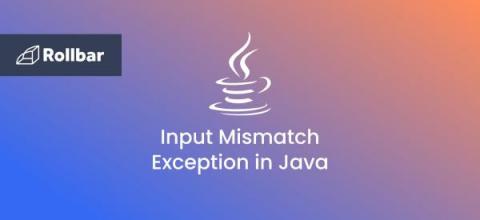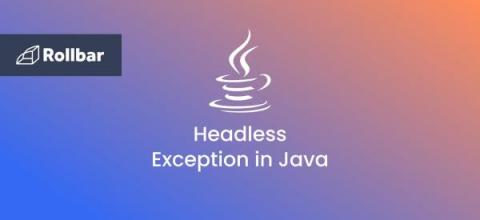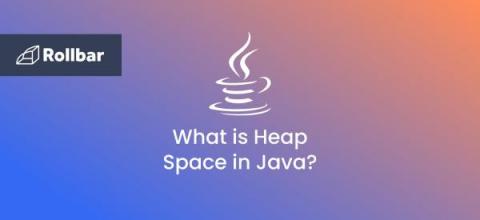Systems | Development | Analytics | API | Testing
Java
How to Fix the EOFException in Java.io
The java.io.EOFException is a checked exception in Java that occurs when an end of file or end of stream is reached unexpectedly during input. This exception is mainly used by data input streams to signal end of stream. Since EOFException is a checked exception, it must be explicitly handled in methods that can throw this exception - either by using a try-catch block or by throwing it using the throws clause.
11 Java Debugging Tips for Developers with Eclipse
Debugging your code is one of every developer's worst nightmares. Debugging Java code is a difficult task. It is the process of detecting and fixing bugs or errors in code, projects, or applications. For any Java developer, debugging is a must-have ability. The ability to debug a Java program allows you to uncover any subtle bugs that aren't obvious during code review or appear when a specific situation occurs. This article offers some tips for debugging Java code.
How to Fix the FileNotFoundException in Java.io
The java.io.FileNotFoundException is a checked exception in Java that occurs when an attempt to open a file denoted by a specified pathname fails. This exception is thrown by the FileInputStream, FileOutputStream, and RandomAccessFile constructors when a file with the specified pathname either does not exist or is inaccessible.
How to Fix the Missing Resource Exception in Java
The MissingResourceException is an unchecked exception in Java that occurs when a resource is missing. Since the MissingResourceException is thrown at runtime, it does not need to be declared in the throws clause of a method or constructor.
How to Fix the Unknown Format Conversion Exception in Java
The UnknownFormatConversionException is an unchecked exception in Java that occurs when an unknown conversion is given. Since the UnknownFormatConversionException is thrown at runtime, it does not need to be declared in the throws clause of a method or constructor.
How to Fix the Missing Format Argument Exception in Java?
The MissingFormatArgumentException is an unchecked exception in Java that occurs when a format specifier does not have a corresponding argument or if an argument index points to an argument that does not exist. Since the MissingFormatArgumentException is thrown at runtime, it does not need to be declared in the throws clause of a method or constructor.
How to Fix the Input Mismatch Exception in Java?
p>The InputMismatchException is a runtime exception in Java that is thrown by a Scanner object to indicate that a retrieved token does not match the pattern for the expected type, or that the token is out of range for the expected type. Since InputMismatchException is an unchecked exception, it does not need to be declared in the throws clause of a method or constructor.
How to Handle the Headless Exception in Java
The java.awt.HeadlessException is a runtime exception in Java that occurs when code that is dependent on a keyboard, display or mouse is called in an environment that does not support a keyboard, display or mouse. Since HeadlessException is an unchecked exception, it does not need to be declared in the throws clause of a method or constructor.
Java Guide: What is Heap Space & Dynamic Memory Allocation?
To run Java applications optimally, the JVM divides memory into stack and heap memory. Whenever new variables and objects are declared, new methods are called or other similar operations are performed, the JVM designates memory to these operations from either the Stack Memory or Heap Space. Heap space is used for the dynamic memory allocation of Java objects and classes at runtime. New objects are always created in the heap space, and references to these objects are stored in the stack memory.




